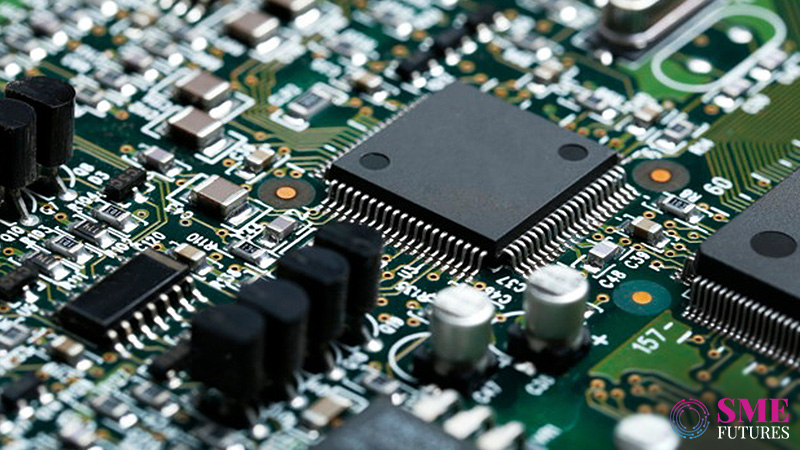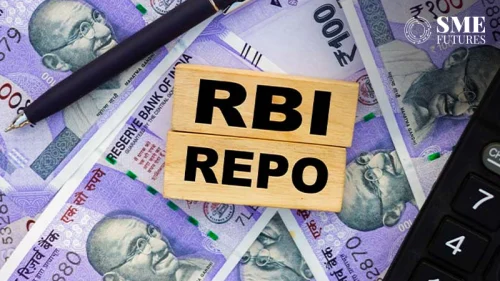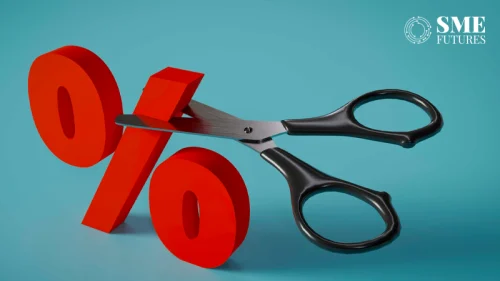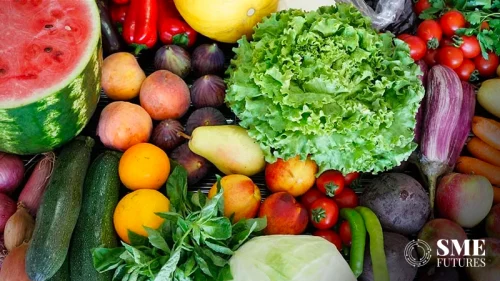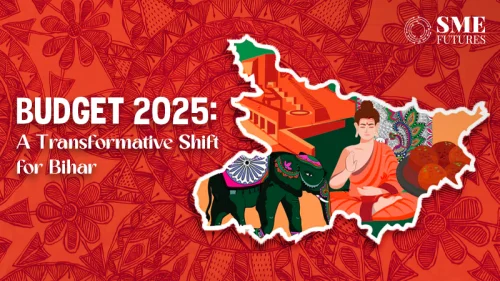The domestic appliances and consumer electronics industry, facing shortages in components such as semiconductors and chips, expects the situation not only to last through 2022 but also to stretch into 2023, said industry body CEAMA. Several manufacturers, using chips as inputs, are now facing bottlenecks in their capacities and expect a delay in launches of new products, said the Consumer Electronics and Appliances Manufacturers Association (CEAMA).
Moreover, shortage of chips, coupled with rising ferrous products, has also offset the softening of prices happening in the sector after some of the commodities like resins and chemicals have shown price corrections, said CEAMA President Kamal Nandi.
“The industry might run short of controllers owing to shortages of semiconductors and other electronic components. Keeping in mind the surge in demand during festive, we have taken appropriate measures to mitigate the near-term risks,” CEAMA President Kamal Nandi told PTI.
Companies are exploring a combination of technical levers (like design optimisation and value innovation), commercial levers (like hedging, dual sources and localisation), and process levers (like advance and joint planning with suppliers) to mitigate the impact, he added.
Semiconductors and chips are used for manufacturing key components such as – micro controllers, optocoupler, power relay, switch, varistor, and connectors – for a range of appliances manufactured by the industry. “It is a multifaceted issue with currently no sign of abating. With demand on the rise and supply likely to remain constrained, we expect this shortage to last through 2022 and into 2023,” said Nandi.
Moreover, chips manufacturers are also ramping up production fees, which could give an upward push to prices in the future, he added. However, he also added that the semiconductor industry is putting more capacity in place, but it will take time.
“It is going to take two or three years before we start to see the positive impacts of these steps,” said Nandi, who is also business head and executive vice-president , Godrej Appliances.
The appliances price has already witnessing pressure on account of multiple macroeconomic factors like increase in commodity prices, freight rates and material shortages.
“The industry faced challenges in the last quarter of FY21, as commodity prices were at an all-time high, forcing the industry to raise prices by close to 3 per cent every month from January onwards, stifling demand. The rally in commodities continued in Q1 and Q2 of FY22,” he said.
Nandi added that as the raw material prices hardened, its cumulative impact was felt during the summer season of the calendar year 2021. “Material shortages were reported in conjunction with the rise in raw material prices, particularly in the case of resins, steel, aluminium, copper, glass, paper, chemicals, etc.”
Put together, the commodity and logistics cost inflation had a severe impact on the input costs.
“Starting Q2 FY22, some of the commodities like resins and chemicals have shown price corrections over Q1 FY22, but this decrease is getting offset due to the upward price trajectory in the steel and non-ferrous category,” Nandi added.
The Indian appliances and consumer electronic industry was estimated to be around Rs 76,400 crore (US$ 10.93 billion) in the pre-pandemic 2019.

